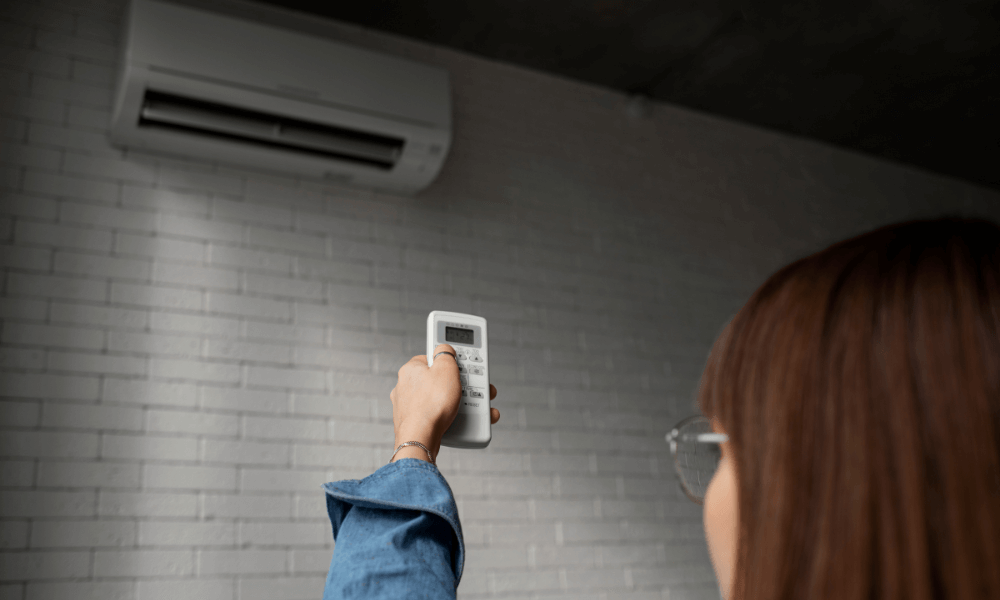
Why is air conditioning such an energy guzzler?
Based on the report from The Asean Post, the Malaysian Meteorological Department (MetMalaysia) warned of higher temperatures from February this year up to mid-April, with northern states of the peninsula to feel more heat. “Temperatures in these areas may sometimes reach up to 37.5 degrees Celsius,” it said in a statement. In February 2019, Malaysia was gripped by a heatwave. Although hot weather is a normal phenomenon in the region, the MetMalaysia issued a ‘Level 1’ alert to at least 10 areas where temperatures hit 35 to 37 degrees Celsius for three consecutive days.
Rising outside temperatures are driving an increase in demand for air-conditioners. Based on the Future of Cooling 2018 report by the International Energy Agency (IEA), around two-thirds of the world’s households could have ACs by 2050. China, India, and Indonesia will together account for half of the total number of units for that year. Based on the same study, 24 percent of electricity consumption is for ACs in a typical home.
Malaysia's air conditioner market is projected to witness a CAGR of more than 11% during 2021 – 2025, thereby, surpassing $ 1.3 billion by 2025. Anticipated growth in the market is attributed to expanding population, growing disposable income, and increasingly affordable product offerings. The demand continues to climb at a significant rate. Read on to find out the true impact of air conditioners and how you help to keep them to a minimum.
Air conditioning racks up the electricity bill
Cooling systems like air conditioners are one of the biggest consumers of electricity. Electricity usage and its resulting carbon emission from buildings and households take the second-highest place. As a result, many households and commercial facilities in the country have continuously experienced a significant increase in their electricity bills. These electricity bills are expected to run up if people continue to rely heavily on air conditioners for cooling needs.
Air conditioning leaves a huge carbon footprint
Aside from rising electricity costs, the growing use of air conditioners in Malaysia also has several environmental implications, for example, a sizable portion of this carbon emission is observed to be generated from air conditioners. As a country located in a region already vulnerable to poor air quality and extreme weather, this only puts the nation on the brink of an environmental crisis.
A standard two-kilowatt air conditioning unit, for example, can produce about 1.4 tonnes of carbon emissions annually, assuming that it is turned on twenty days per month and eight hours per day. Does this calculation sound familiar? Yes, that’s about the number of days and hours you spend working in a month – whether in the office or at home. With four such air conditioning units in the space, the annual carbon emissions can rise to approximately 5.6 tonnes.
But the above statistics are for households or smaller office spaces. When talking about commercial buildings in Malaysia, cooling systems drain up to 58% of the building’s energy and add to the urban heat island effect. By 2030, despite the pandemic, the country’s cooling systems are expected to climb and produce up to 4.89 megatonnes of carbon emissions!
Air conditioning creates too comfortable of an environment
From a behavioral standpoint, the heavy use of air conditioning units across households and commercial facilities can create a problem of extreme overreliance. We cannot deny the fact that air conditioning has enabled the whole nation to thrive and increase its productivity. However, this has also led many Malaysians to develop excessive cooling habits, including in shopping malls and offices. Even during periods of heavy rainfall or what some label as the "monsoon season", the temperature in these establishments remains unchanged. The biggest implication of this cooling ‘addiction’ is that it could hinder the country’s efforts to manage its energy consumption and carbon emissions.
Conclusion
While air conditioners allow for greater productivity and comfort in such a humid country as Malaysia, the constant reliance creates financial, environmental, and behavioral concerns. To counter this, one effective solution for businesses is to engage a cooling energy management company. With experts who can advise and propose efforts to reduce energy consumption, you will be more equipped to tackle issues of rising costs and carbon emissions.
Here at KJTS Group, our team is constantly looking for innovative ways to push our boundaries and offer better performance-based facilities management across various industries in the ASEAN region. With a drive to provide energy-focused long-term technical management solutions, entrust your cooling energy and building services solutions to our highly proficient engineers.
To learn more about any of the solutions KJTS Group has to offer, please drop us a call at +603-2716 6866 or email us at [email protected]. Let us elevate your cooling energy management process with our innovative technology today.